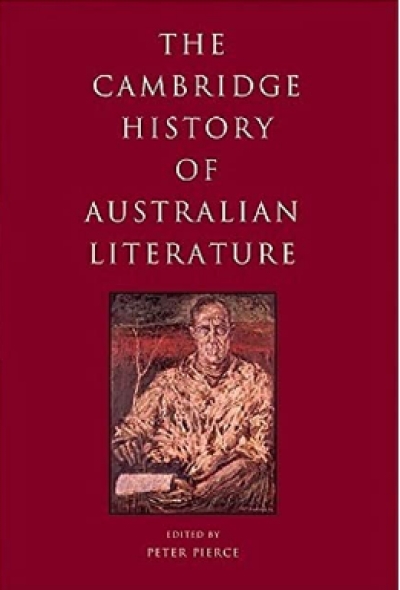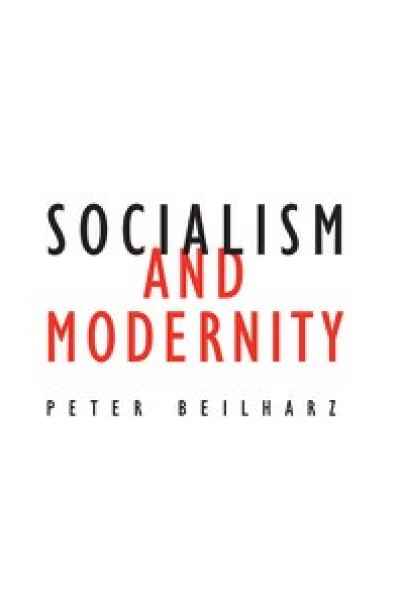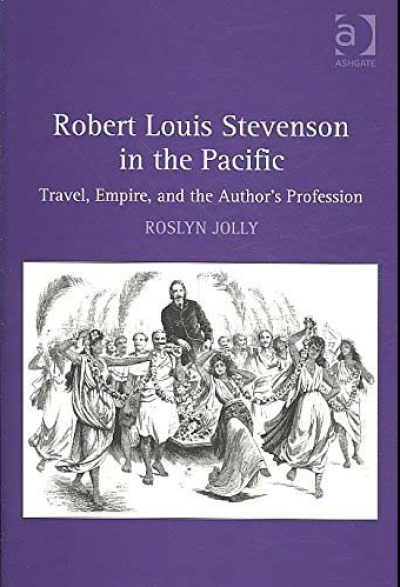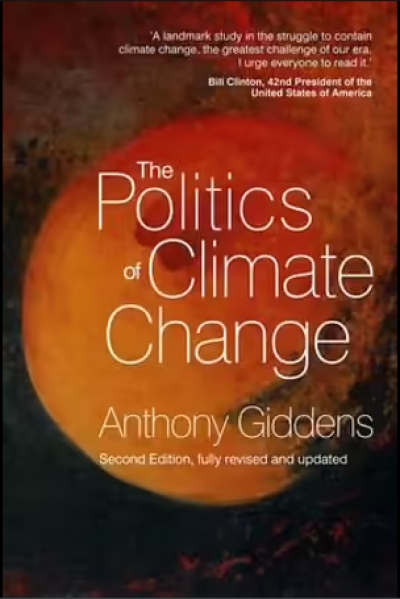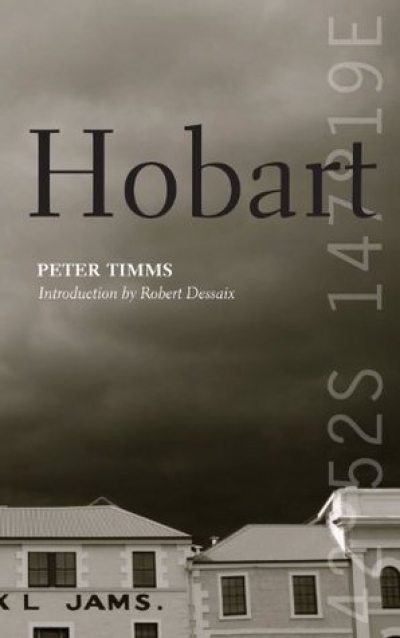Archive
The Cambridge History of Australian Literature edited by Peter Pierce
by Gregory Kratzmann •
Source: Nature’s healing role in art and writing by Janine Burke
by Jane Goodall •
Robert Louis Stevenson in the Pacific: Travel, empire and the author's profession by Roslyn Jolly
by Gillian Dooley •
Memory is Another Country: Women of the Vietnamese diaspora by Nathalie Huynh Chau Nguyen
by Jill Jolliffe •


